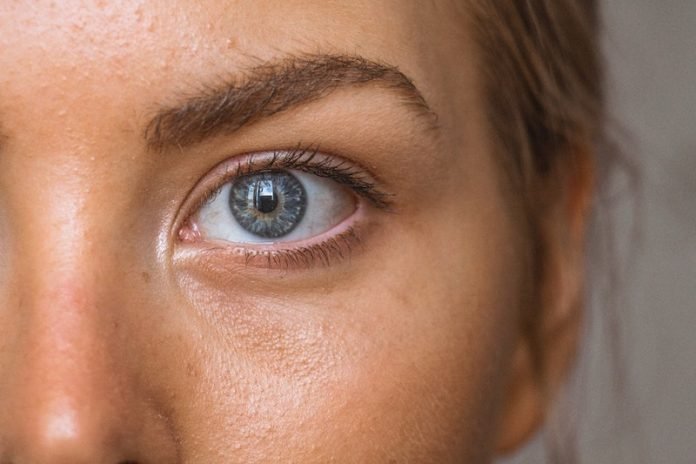
In a new study, researchers found that a new approach that uses artificial intelligence (AI) to analyze retinal images could one day help doctors select the best treatment for patients with vision loss from diabetic macular edema.
This diabetes complication is a major cause of vision loss among working-age adults.
The research was conducted by a team at Duke University and elsewhere.
Anti-vascular endothelial growth factor (VEGF) agents are widely used as the first line of therapy for diabetic macular edema, but they don’t work for everyone.
There’s a need to identify who would benefit from the therapy because it requires multiple injections that are costly and burdensome for both patients and physicians.
In the study, the team developed an algorithm that can be used to automatically analyze optical coherence tomography (OCT) images of the retina to predict whether a patient is likely to respond to anti-VEGF treatments.
They showed that the new algorithm can analyze just one pre-treatment volumetric scan to accurately predict whether a patient is likely to respond to anti-VEGF therapy.
They calculated that the algorithm would have an 87% chance of correctly predicting who would respond to treatment. It exhibited an average precision and specificity of 85% and a sensitivity of 80%.
The approach could potentially be used in eye clinics to prevent unnecessary and costly trial-and-error treatments and thus alleviate a substantial treatment burden for patients.
The algorithm could also be adapted to predict therapy response for many other eye diseases, including neovascular age-related macular degeneration (AMD).
Next, the researchers plan to confirm and extend the findings from this pilot study by performing a larger observational study of patients who have not yet undergone treatment.
The lead author of the study is Sina Farsiu from Duke University.
The study is published in Biomedical Optics Express.
Copyright © 2020 Knowridge Science Report. All rights reserved.



